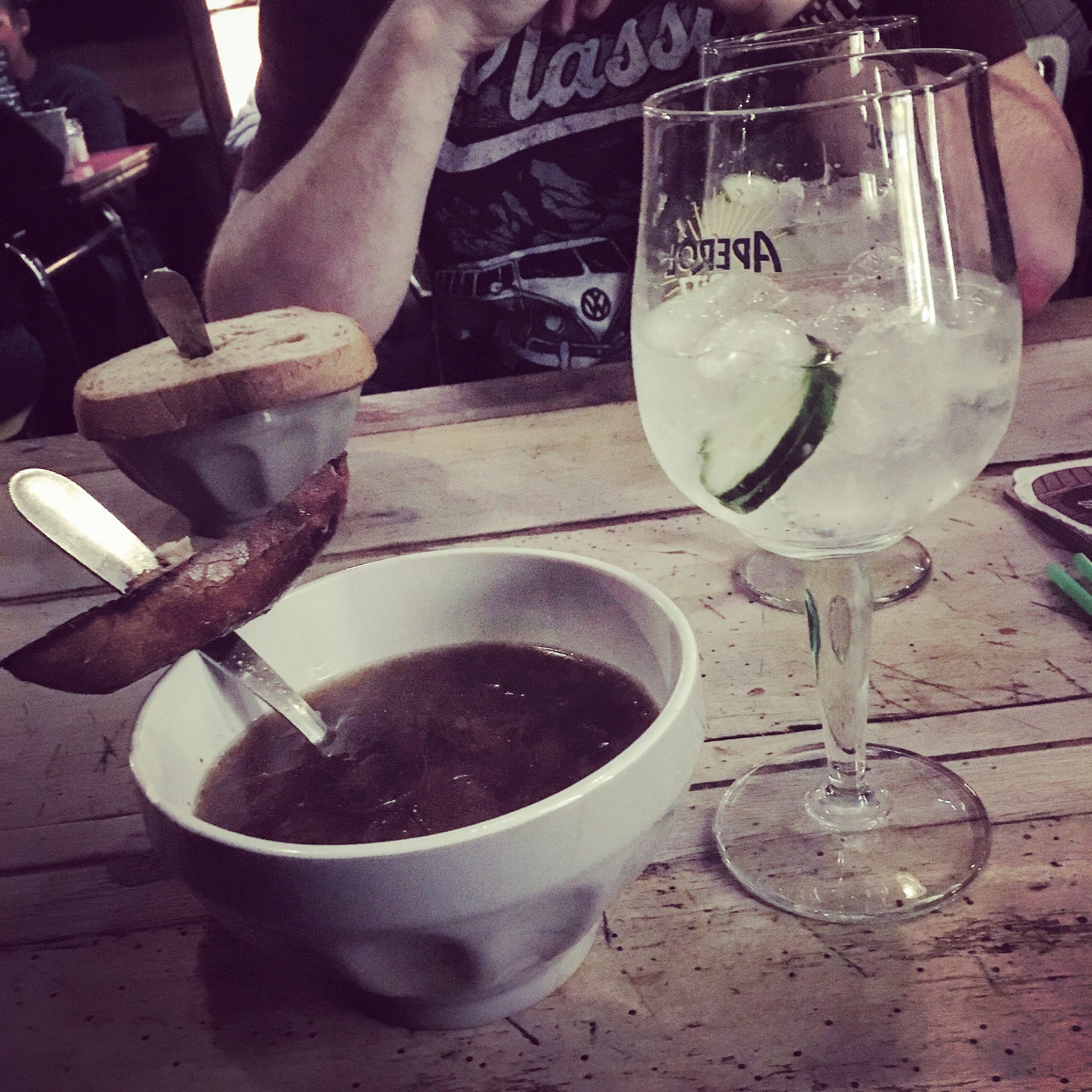Strasbourg, frequently named “European capital”, is a city in eastern France in Alsace on the left bank of the Rhine, playing a major role as a business, commercial, and cultural centre. Besides its traditional role as the chief city of Alsace, Strasbourg is also the seat of a number of European institutions and bodies including the European Parliament, the Council of Europe, and the European Court of Human Rights. And these are the things I knew Strasbourg – until we visited it, one chilly day in January, on our road trip back from the UK to Istria. Long after Christmas had ended for most people. But not this city, known as…
…the capital of christmas
Now, I’m not a superstitious person, but I do like to have my decorations down well before the 6th January. Once New Year is done, I like the idea that spring is just around the corner, and so I want the house to feel less cluttered and more spacious. Christmas decorations are all lovely and make the house cosy, but they do have a sell by date, and after a week or so of twinkling lights, I want a bit of minimalism back. Well, it’s a good job I don’t live in Strasbourg, because however pretty it is, the ongoing display of festiveness would really do my head in. We stayed over between the 12th/13th January, and the city was most definitely still in the Christmas mood, in the medieval centre…
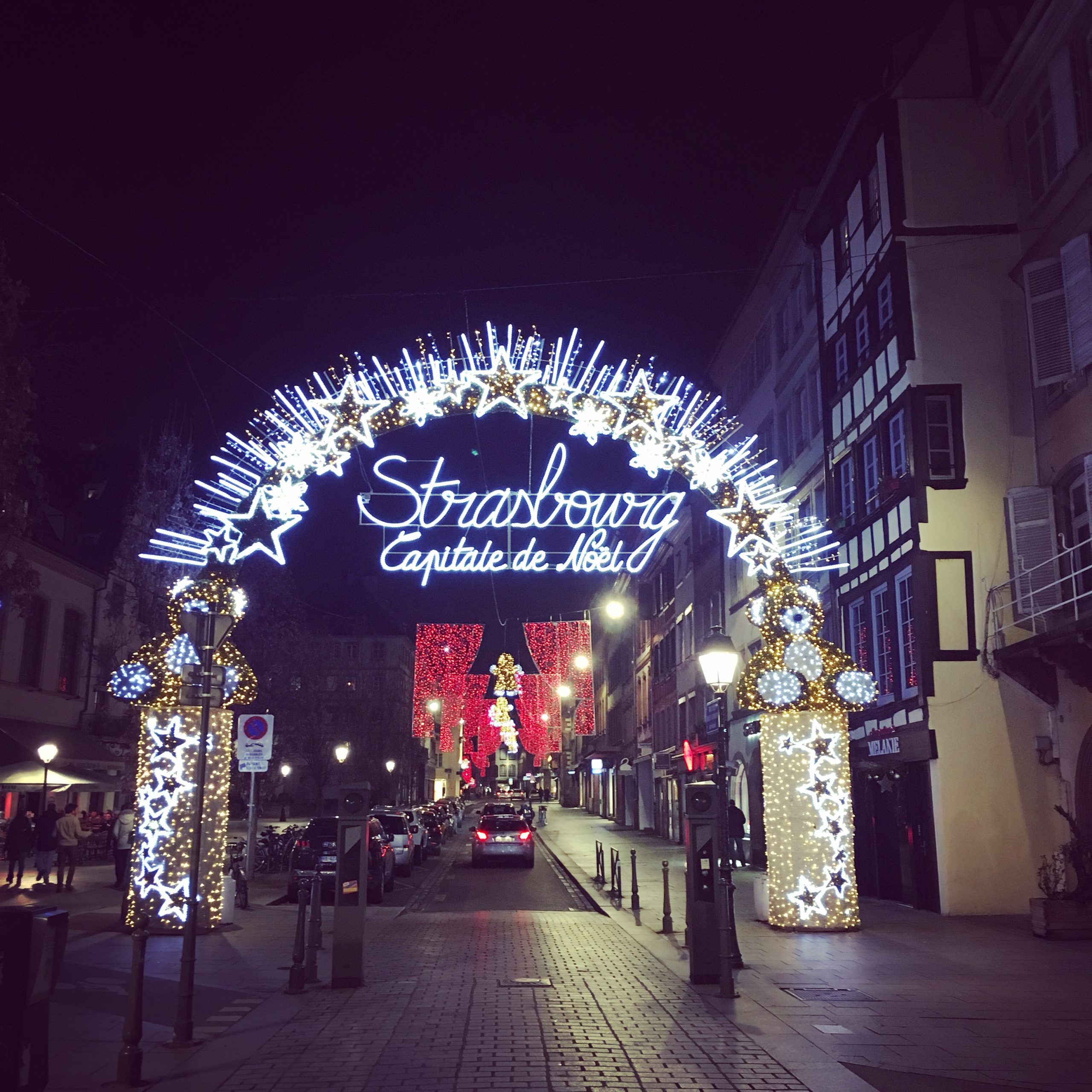



Perhaps the most visited part of Strasbourg – apart from probably the Markets – is the Carré D’Or Area, a little neighbourhood, not too far from the Cathedral, and if you LOVE Christmas, you’ll love this area. The streets here are fully decked with glittering light strands to greenery on doorways and teddy bears, polar bears, penguins, nutcrackers, and glittering stars and garlands above the shops.I found it all a bit too over the top for me – but that’s the point I guess…

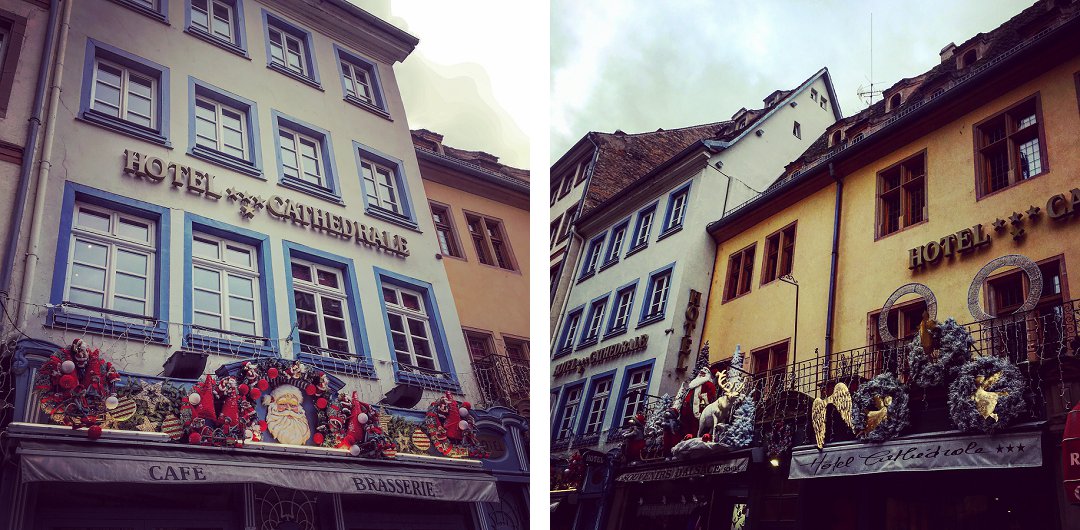
Strasbourg Cathedral – Cathédrale Notre-Dame-de-Strasbourg – is an outstanding masterpiece of Gothic art. The construction of the Romanesque cathedral, of which only the crypt and the footprint remain, began in 1015, and the spire of the current building, in a Gothic style, was completed in 1439.
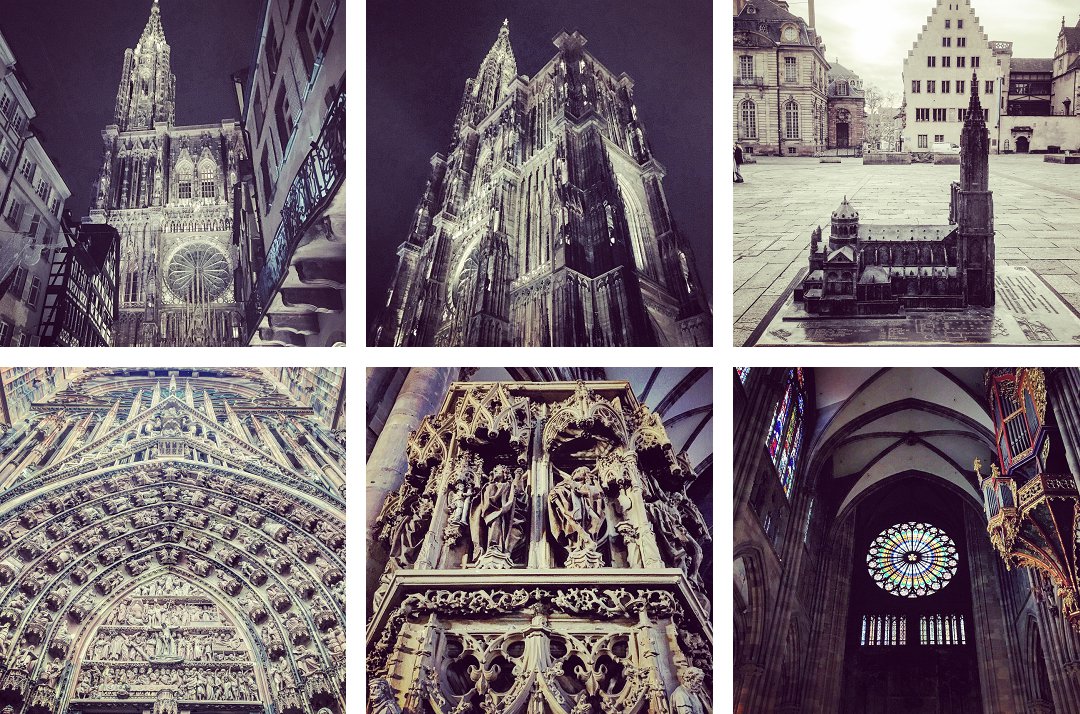
It really is an astonishing structure – and when you’ve had enough of teddy bears and tinsel and glitter, I’d really recommend that you explore this building, if just to see the astronomical clock, which dates from 1843. It is the third clock which has occupied the spot, the first being built in the 14th century and the second in the 16th century when Strasbourg was a free imperial city of the Holy Roman Empire. The main features of the current clock are a perpetual calendar, an planetary dial, a display of the real position of the Sun and the Moon, and solar and lunar eclipses. However, the main attraction has to be the procession of the 18-inch high figures of Christ and the Apostles, which occurs every day at noon, while the life-size cockerel crows three times. It really is pretty spectacular.


There is so much more to take in besides the Astronomical Clock, but when we were there, it was still Christmas all the way…
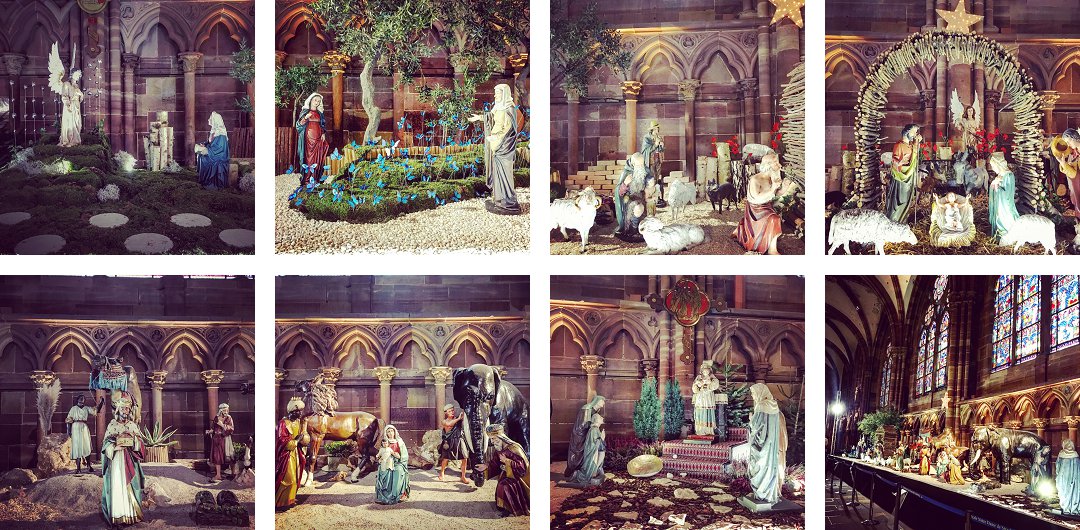
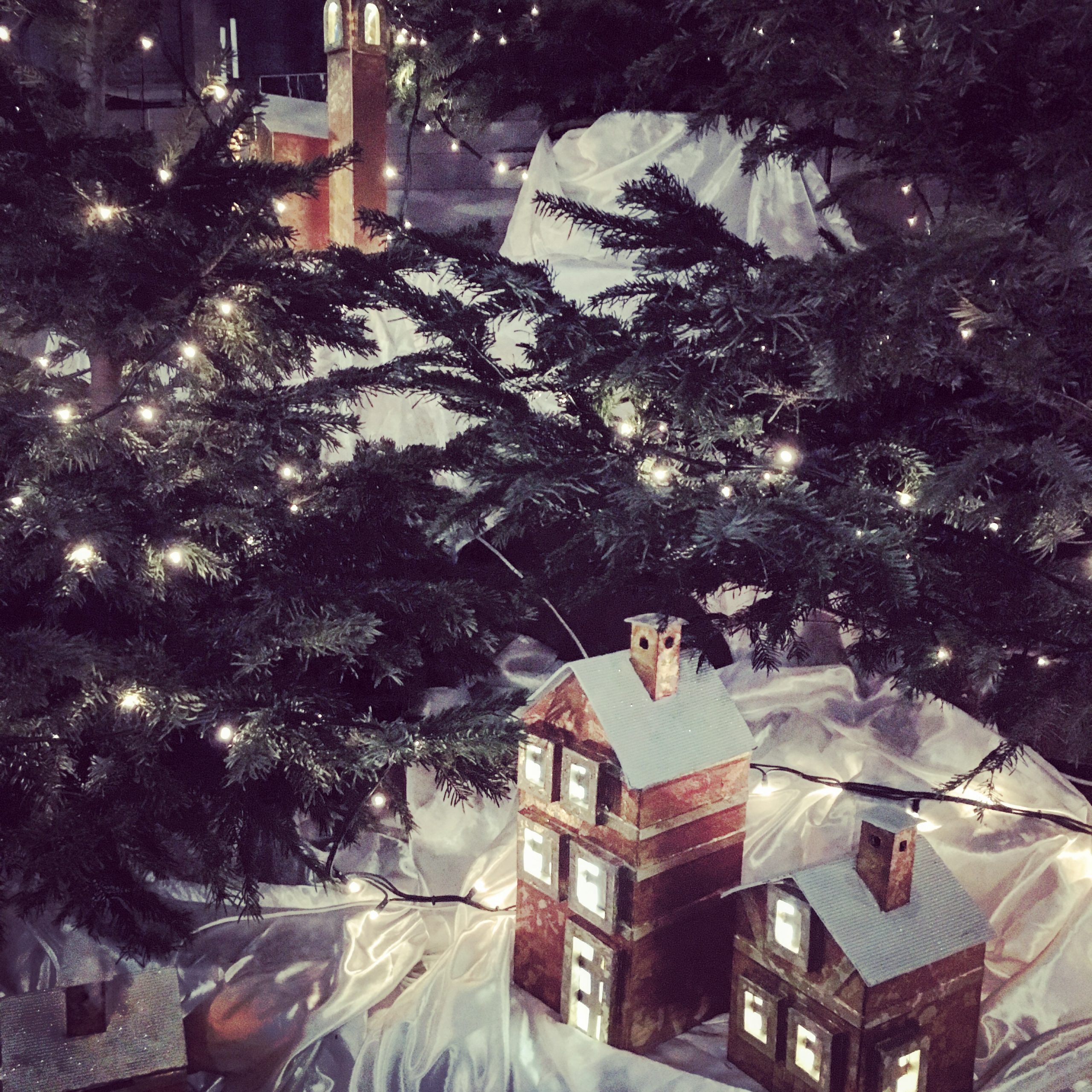

Strasbourg also lays claim to having the oldest Christmas markets in Europe. Dating back to 1570, the famous Christkindelsmärik, appears to work its festive magic every year, as the visitors just keep coming. With a medieval centre, you can expect to find an old building or two – such as La Maison Kammerzell, which is said to be the most beautiful house in Strasbourg, and certainly one of the oldest. Built in 1427, and elaborated in the 16th century, it takes its name from its 19th century owner, Philippe Kammerzell, who was a grocer. It has quite the stunning location too, nestled just underneath the Cathedral.

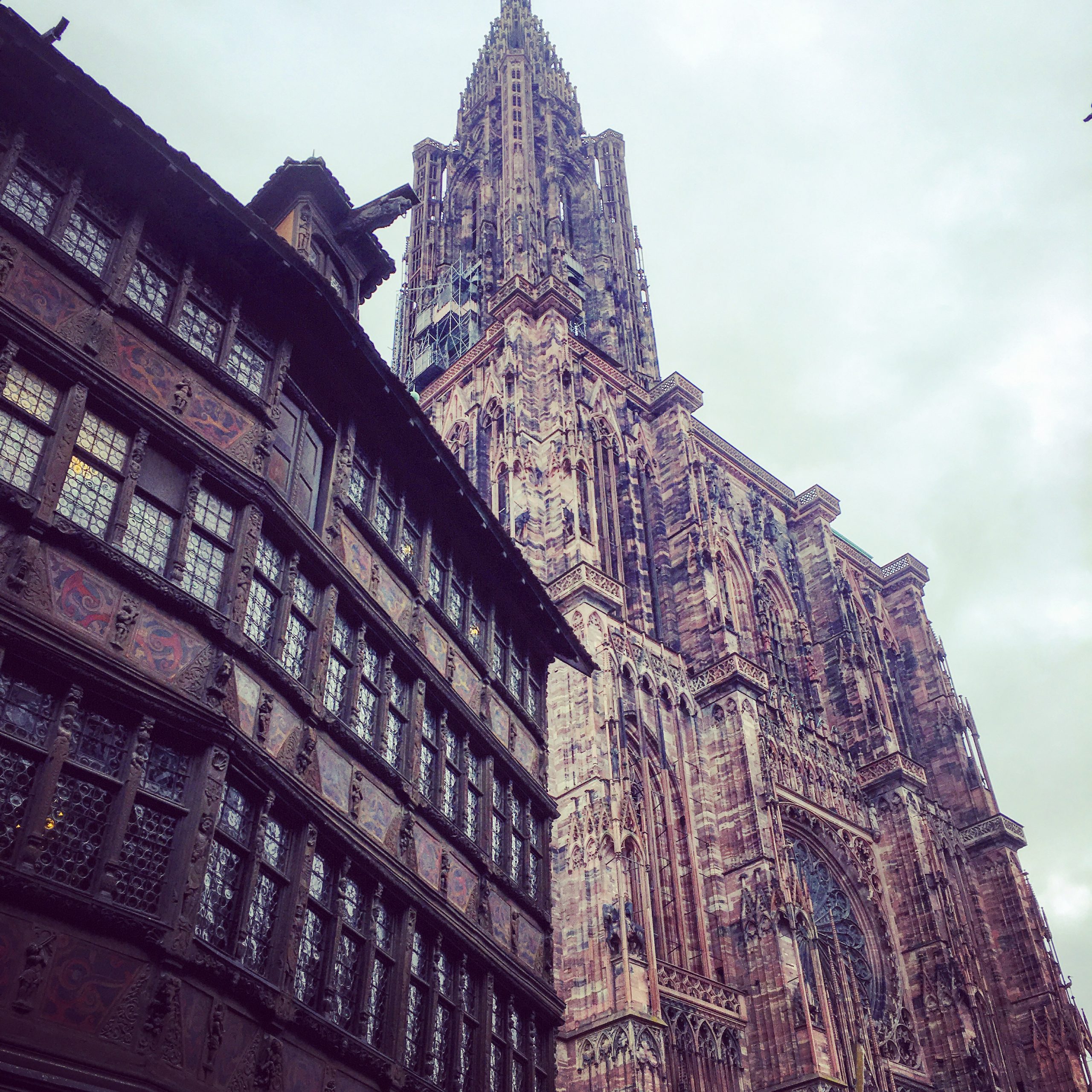
We found the most gorgeous French bistro to have our evening meal – almost like being in brocante which served the most delicious food and wine.
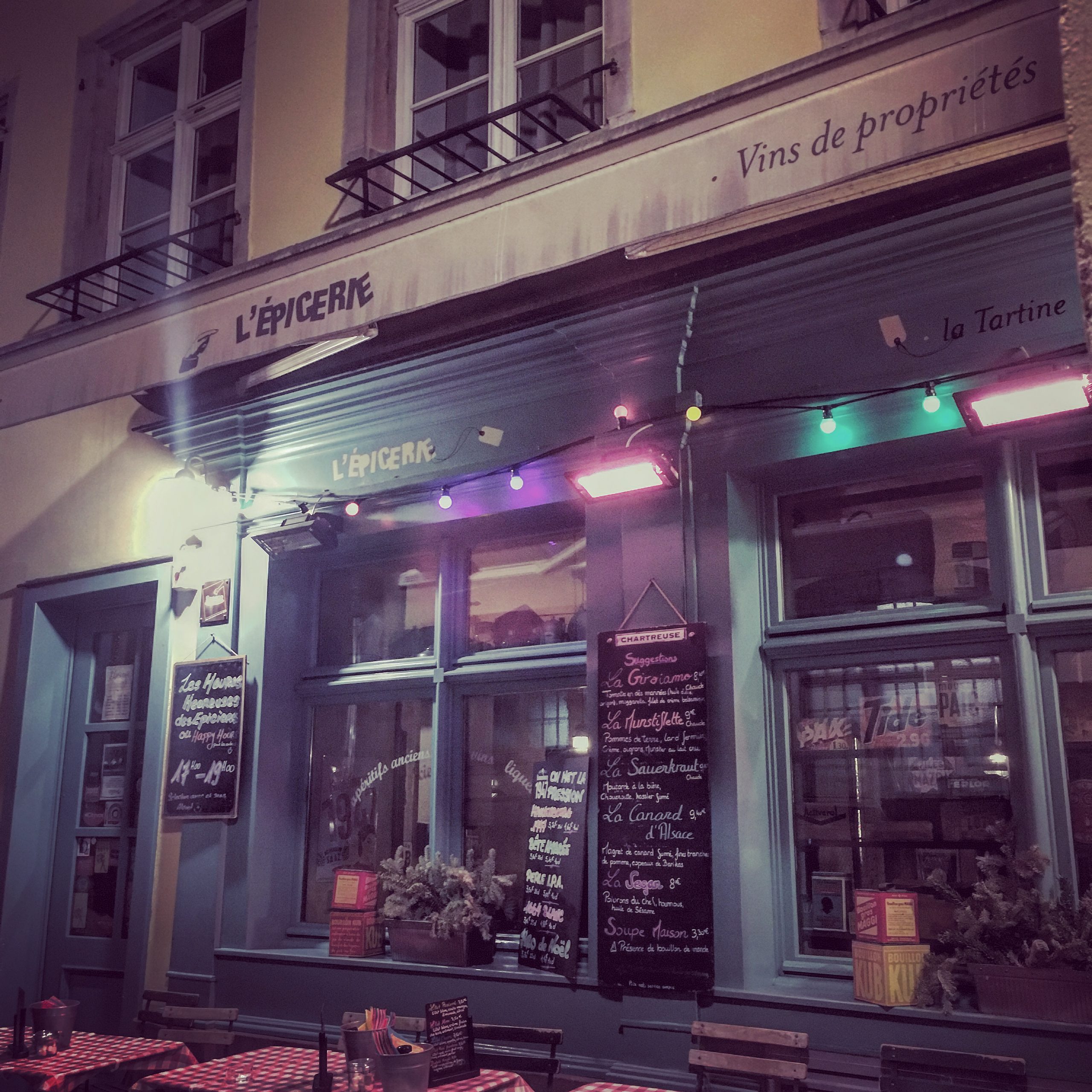
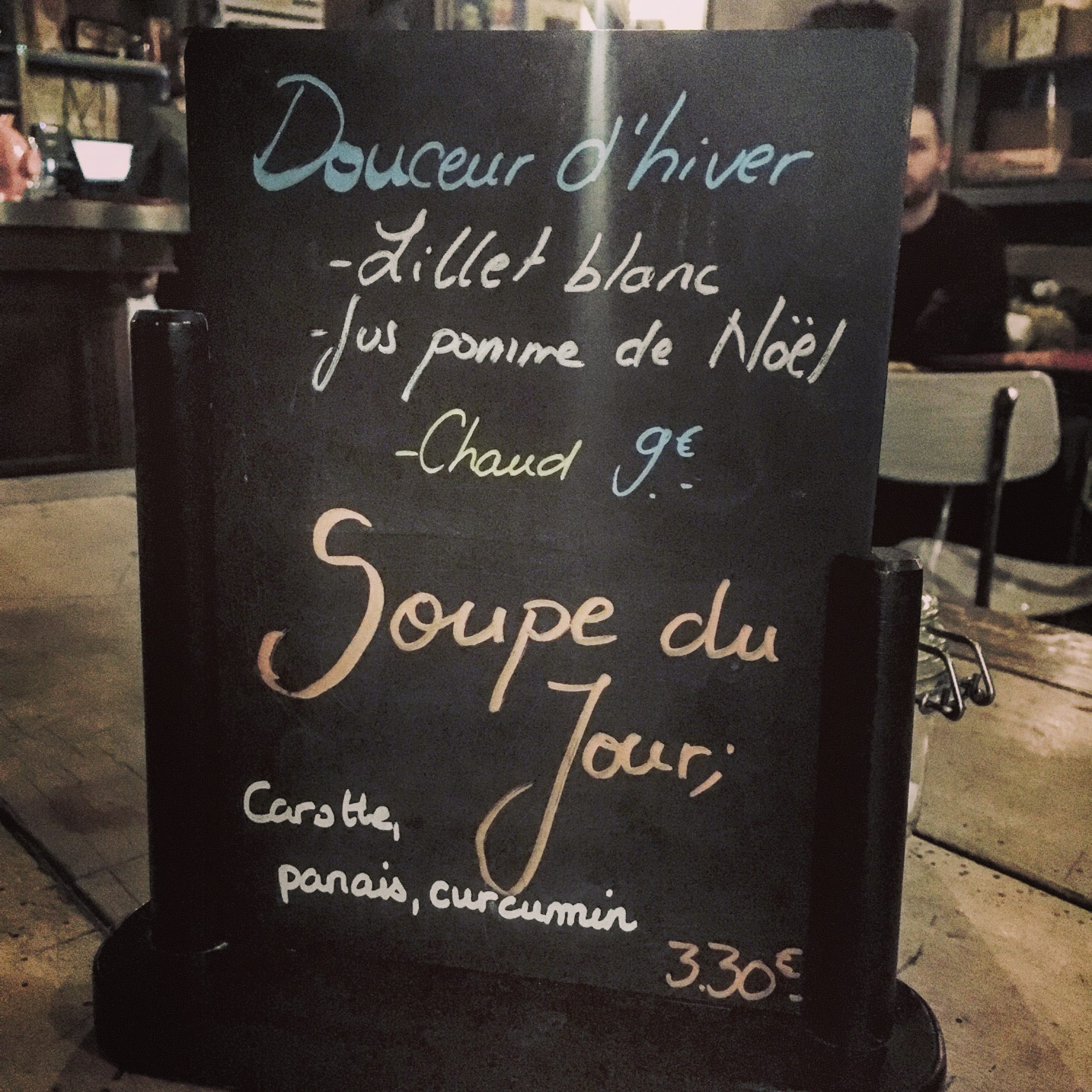
But of course, being in a French bistro, it would have been verging on criminal not to have opted for the thick, rich French Onion Soup. I wouldn’t have forgiven myself if I’d not indulged, on a chilly, January night in Strasbourg…

